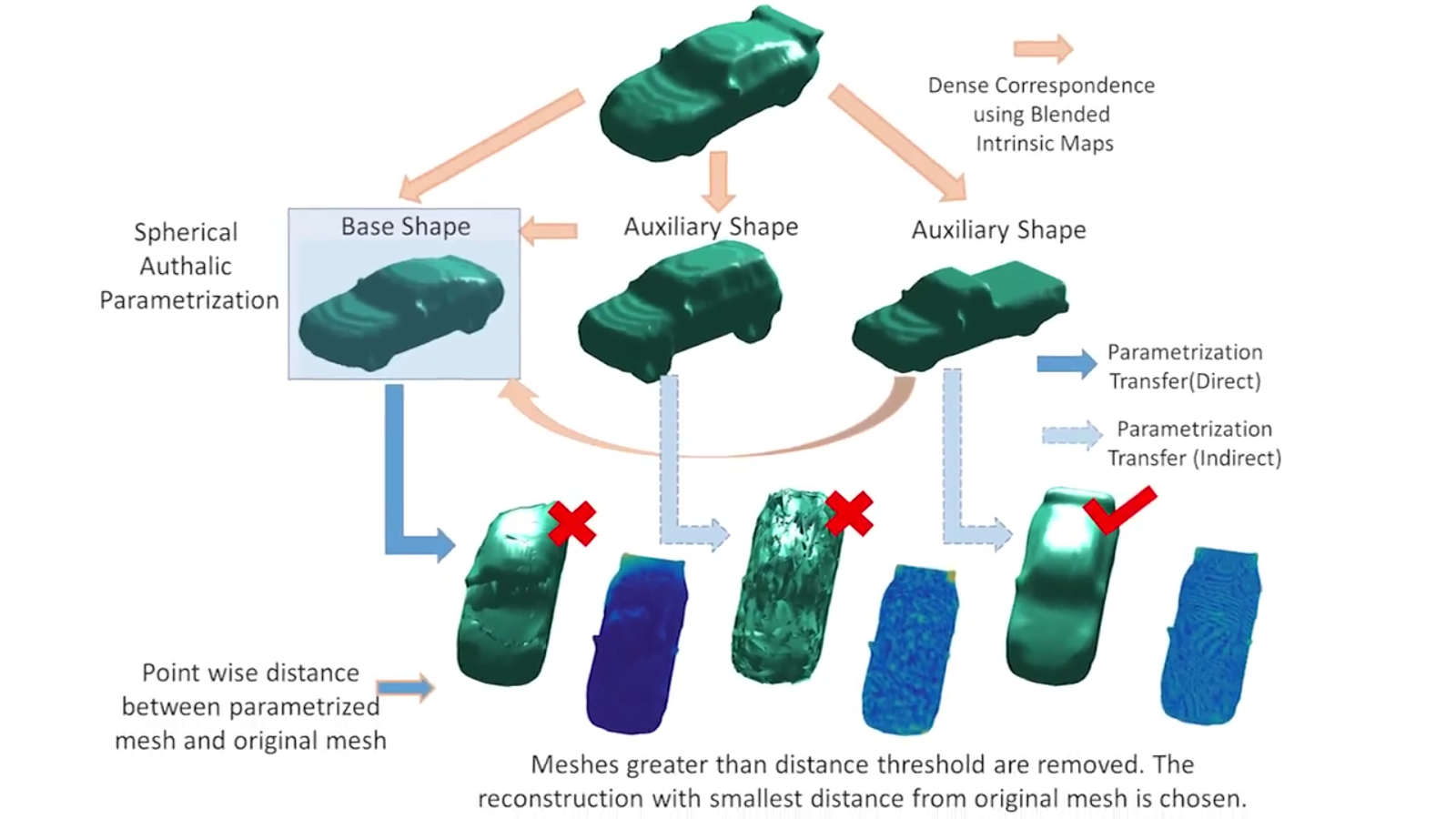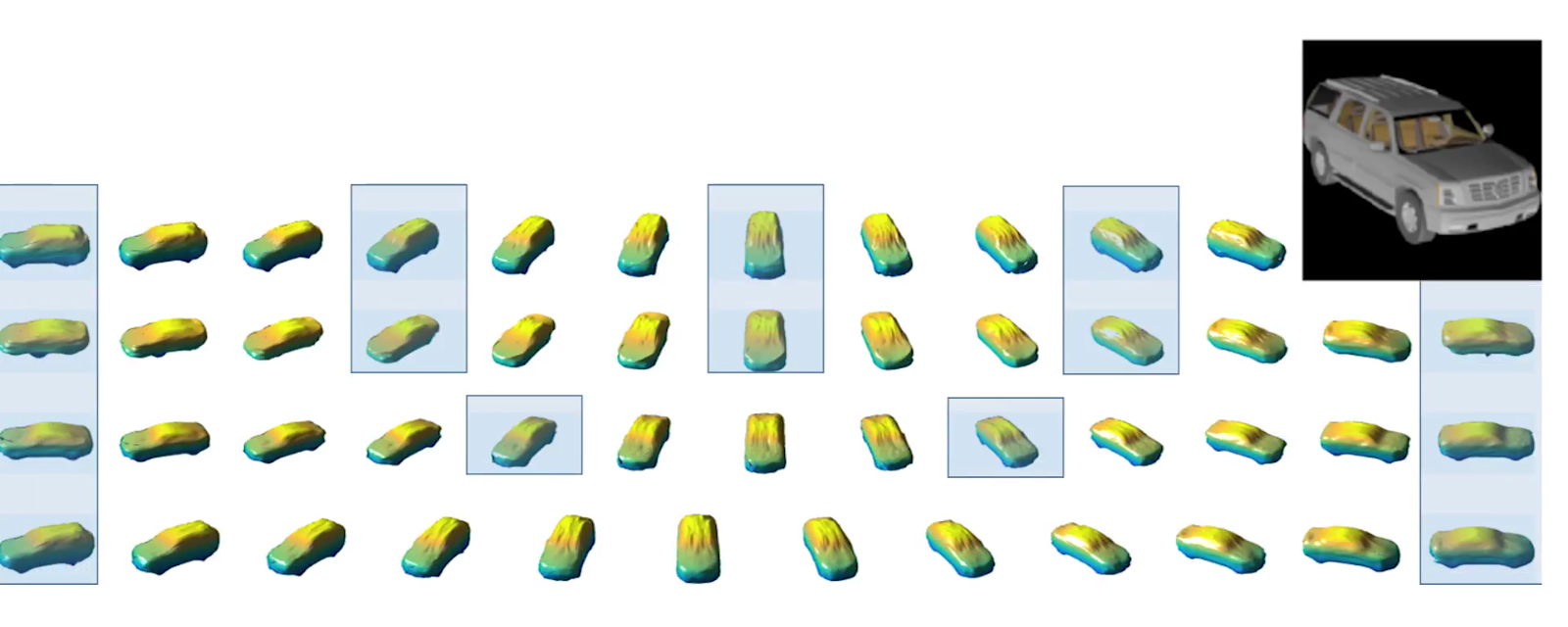New research has developed AI technology that can transform 2D images into 3D content.
The method, called SurfNet, has great potential in the field of robotics and autonomous vehicles, as well as creating digital 3D content.
The research was led by Purdue University’s Donald W. Feddersen Professor of Mechanical Engineering, Karthik Ramani.

SurfNet
The technology utilizes machine learning to analyze 2D shapes and convert them into projected three-dimensional forms. Ramani explains that the technology becomes more refined over time as the AI learns more about the shapes.
Karthik Ramani explains this process,
“If you show it hundreds of thousands of shapes of something such as a car, if you then show it a 2-D image of a car, it can reconstruct that model in 3-D,”
Speaking about applications of SurfNet, Ramani refers to the rising demand of 3D content due to emerging technologies such as augmented and virtual reality.
This was similarly referred to by Google with the release of its virtual reality design software; Google Blocks.

Virtual reality
Ramani envisages that this technology will grow alongside the rise of virtual reality and hopes that the transformation process could soon become instantaneous.
He visualizes a future in which, “you can imagine a movie camera that is taking pictures in 2-D, but in the virtual reality world everything is appearing magically in 3-D. Inch-by-inch we are going there, and in the next five years something like this is going to happen.”
“Pretty soon we will be at a stage where humans will not be able to differentiate between reality and virtual reality.”

Machine learning hallucinations
In addition to transforming two dimensional shapes, the technology can also merge two shapes into one another.
Ramani explains SurfNet can “take two 2-D images and create a 3-D shape between the two, which we call ‘hallucination.'” This element of the technology has similarities to the 3D Filter launched by MyMiniFactory earlier this year.
In the future the researchers will look to further develop the machine learning algorithms to refine the technology.
The research paper titled ‘SurfNet: Generating 3D shape surfaces using deep residual networks’ has been published here.
If you are looking to find a new job in additive manufacturing, take a look at our 3D printing jobs. And be sure to check out all the latest 3D printing events.
Subscribe to the 3D Printing Industry newsletter to stay up to date with all the latest 3D printing research news, follow us on twitter and like us on Facebook.
Featured image shows mapping an airplane into a 3D model. Image via Purdue University.



